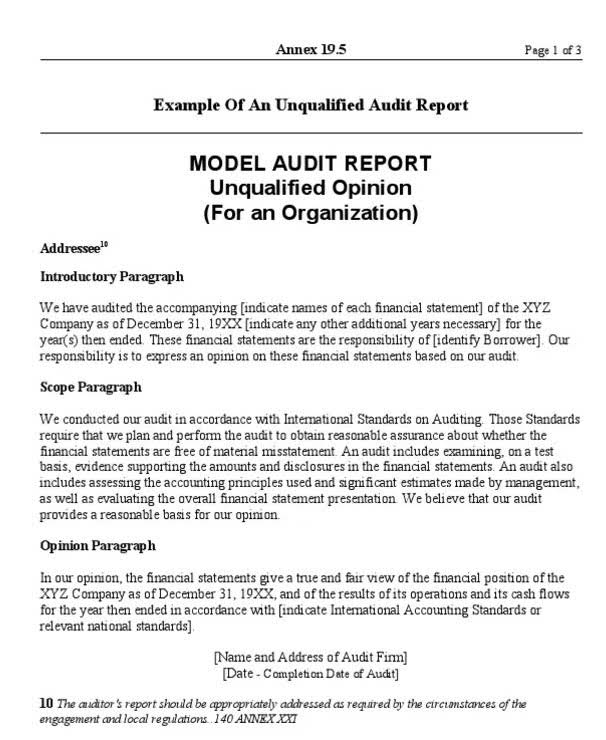Cost of Inventories IAS 2

The FIFO method assigns a lower conversion cost per unit to the COGS and a higher conversion cost per unit to the inventory valuation. The standard cost method assigns the standard conversion cost per unit to both the COGS and the inventory valuation, and reports the variance as a separate item in the income statement or the balance sheet. Conversion costs differ from prime costs, which focus on direct manufacturing expenses like conversion costs direct materials and direct labor.

Implement Cost Accounting Methods – Ways a Company Can Accurately Track and Report Conversion Cost

This can help ensure everyone is on the same page and working towards the same goals. For example, if the production department can communicate with the accounting department about the cost of raw materials. In that case, it can help ensure that everyone knows how costs are allocated. Outsourcing production can also lead to communication challenges between the outsourcing company and the contract manufacturer. A language barrier or a lack of clear communication channels can result in errors, misunderstandings, and production delays. These challenges can increase the total conversion cost of producing a product.
Prime cost formula
Automated systems can help managers to identify areas of potential risk, such as supply chain disruptions or changes in raw material costs, and take steps to mitigate those risks. Technology has made it easier to analyze data related to conversion costs. Automated systems can collect and analyze data from various sources, making it easier to identify trends and patterns. This can help managers make more informed decisions about reducing conversion costs. If the contract manufacturer experiences a disruption in production or cannot deliver products on time, the outsourcing company cannot meet customer demand. This can result in increased costs for expedited shipping, lost sales, and damage to the outsourcing company’s reputation.
- Building Regulations approval will always be required when converting a loft.
- However, it may go into the income statement through accounting methods such as depreciation.
- For example, indirect costs such as rent, utilities, and insurance can be allocated based on the space each product occupies in the manufacturing plant.
- The company wants to know its conversion cost from the following mentioned information.
- During a month, Company B has a total cost of $55,000 in direct labor and $66,000 in factory overhead costs.
- This can lower the total conversion cost of producing a product for the outsourcing company.
- Using your debit card while abroad could be a way to avoid foreign transaction fees if your card doesn’t charge them.
What Is Conversion Cost? – Formula, Examples, Calculation
- Designed well, with proper thought a loft conversion can be a home improvement that will really change the way you can use your home.
- Automated processes can operate around the clock, without breaks or downtime, increasing production output and reducing conversion costs.
- An exception to this rule includes inventory items such as maturing alcoholic beverages (like wine) or certain types of food products (such as cheese), where storage is a necessary part of the production process.
- The rebate is contractual, therefore Entity A accrues it in its financial statements for 20X1.
- However, these definitions do not provide details on which costs companies should recognize.
- In short, it is the cost of a product incurred by a company while manufacturing it.
These variations can impact the time and resources required to produce a product, affecting the calculation of conversion costs. During a month, Company B has a total cost of $55,000 in direct labor and $66,000 in factory overhead costs. Conversion costs include all direct or indirect production costs incurred on activities that convert raw material to finished goods. By analyzing the conversion cost ratio and its components, businesses can gain valuable insights into their cost structure, identify cost-saving opportunities, and optimize their manufacturing processes. Let’s consider an example to illustrate the concept of conversion cost variance. Suppose a manufacturing company budgeted $100,000 for conversion costs Medical Billing Process for a particular production run.

- Conversion costs are an important metric that enables businesses to make effective decisions that can result in enhancing the financial health of any organisation.
- The speed with which a company can turn over inventory is a critical measure of business performance.
- In other words, the conversion cost is converting raw materials into finished goods.
- On the other hand, the conversion cost is the sum of direct labor and manufacturing overhead expenses incurred while turning raw materials into a finished product.
- If the contract manufacturer produces products that do not meet the outsourcing company’s quality standards, this can increase rework, scrap, and customer returns costs.
- In contrast, if the business regularly invests a big chunk of its expense on raw materials, Prime costs can provide a better overview.
- The cost of inventories includes all costs of purchase, conversion, and other costs incurred in bringing the inventories to their present location and condition.
Inventory turnover is an especially important piece of data for maximizing efficiency in the sale of perishable and other time-sensitive goods. An overabundance of cashmere sweaters, for instance, may lead to unsold inventory and lost profits, especially as fixed assets seasons change and retailers restock accordingly. A low inventory turnover ratio might be a sign of weak sales or excessive inventory, also known as overstocking. It could indicate a problem with a retail chain’s merchandising strategy or inadequate marketing. Simply put, a low inventory turnover ratio means the product is not flying off the shelves, for whatever reason.
- Such adjustments result in the immediate recognition of relevant fixed production overheads in profit or loss, rather than in the cost of inventories (IAS 2.13).
- This helps ensure the business is on track to meet its goals and can make informed decisions about future investments.
- So, sit back and read on to better understand conversion cost in accounting and how it affects your business.
- In this section, we will delve into the concept of the conversion cost ratio and its significance in cost accounting and management.
- For example, if the direct labor cost is $50,000 and the manufacturing overhead cost is $40,000, the total conversion cost is $90,000.

“Protecting the occupants of the property is always the primary focus in any loft conversion,” says Daniel McMurty. “Combining fire doors, fire and smoke alarms, and fire-resistant materials to create a protect escape route from the loft to the exterior of the building is key to this. “Whether you are converting a mansion block or a terraced home, there are certain head height requirements you must adhere to in order for your loft conversion to be compliant,” advises Daniel McMurty. Roof styles are obviously key to deciding if or what types of loft conversion you can have, and some roof types will require extra structural work or a certain type of loft conversion to meet requirements. As well as available head height, you need to consider the roof structure, pitch and if there are any obstacles such as water tanks or chimney stacks. Choosing a loft conversion can be one of the best means of increasing the floor space and number of rooms in your home.


